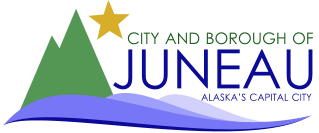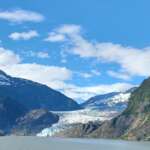CBJ GUIDE TO FLOOD PREPAREDNESS
Current Conditions:
No Flooding Expected – Stay Informed and Monitor Conditions
Based on current data, the risk to life and property from a Glacial Lake Outburst Flood (GLOF) remains low at this time. Monitoring will continue throughout the season.
How to Prepare for a Flood
-
Sign up for emergency alerts – Get texts and calls about flood risk in your area.
-
Know your risk – Check the Mendenhall River inundation maps to see if your home is in a flood-prone area.
-
Buy flood insurance – NFIP policies are affordable in Alaska but can take up to 30 days to activate.
-
Make a go bag – Pack food, water, medications, important documents, and pet supplies.
-
Know where you’ll go – Plan evacuation routes, sheltering and parking (see below), and coordinate with neighbors.
-
Protect your property – Move valuables to higher ground and use sandbags or water barriers if needed. Elevate, secure or safely dispose of household hazardous materials and use your main breaker to shut off power.




